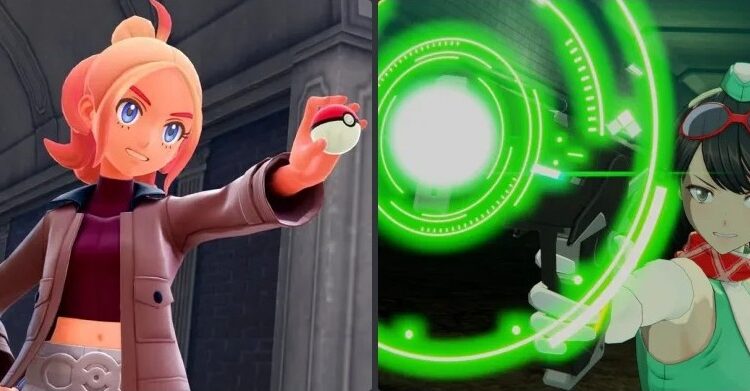Absorbing my life for more than 60 hours, Code Vein, the vampire action RPG from Bandai Namco, is an enthralling game. A world destroyed once, and now overrun by mindless vampiric creatures called the Lost, Code Vein takes place in a dystopia called “The Gaol of the Mists” where humans live in constant fear, protected only by currently-sane vampires known as Revenants.
You will create your own Revenant with a character designer that can bring an uncountable variety of anime characters to life. Unfortunately, the character creator suffers from a development choice to provide hairstyles, and eyebrows, from a giant menu of options including very minimal differences like flipping the hair part, which makes it difficult to compare some options with each other without using screenshots.
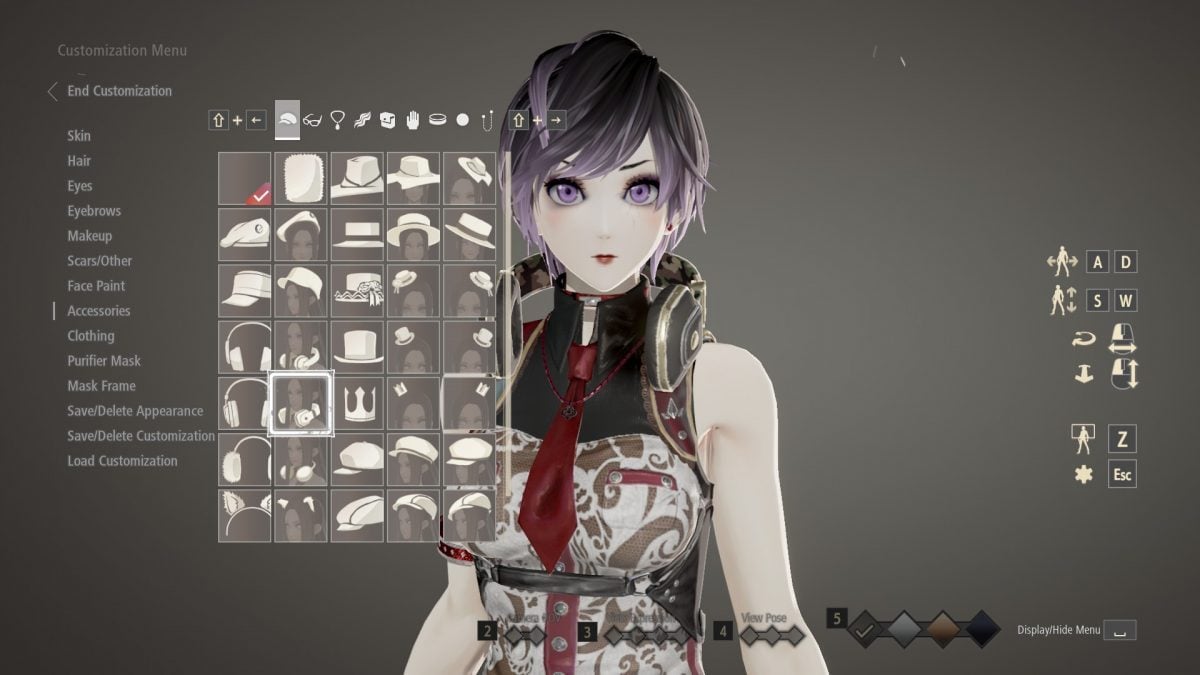
If you want to create an abomination of a character, your best option is with accessories, which can be altered in a lot of ways. Their location on the body, size, and angles are all adjustable.
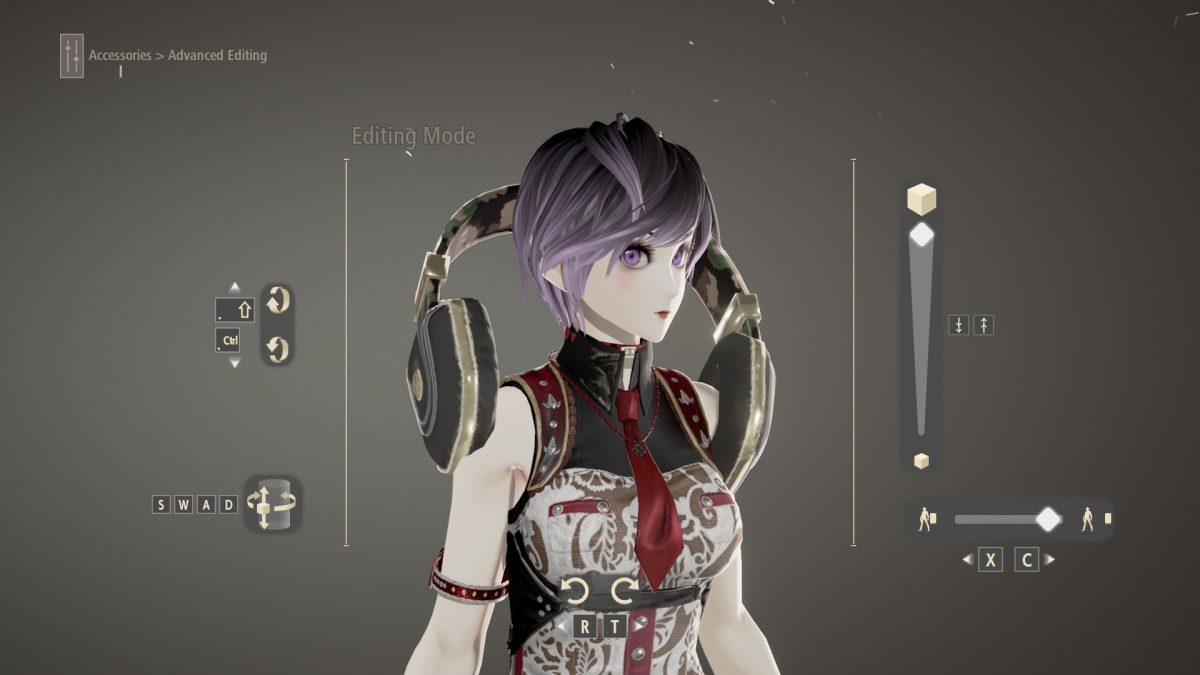
Code Vein‘s music design is excellent. It has some environmental music that falls flat, but most tracks fit their environment and are enjoyable. Sound effects like the crunching feet of a colossal enemy patrolling above you in a ruined parking garage are well done. My favorite sound elements are the opening screen, and the effects when draining enemies.
Code Vein‘s gameplay is the star, welcome in an action game where most of your time is spent swinging weapons and dodging. Some people find that the game feels “floaty”, but I found movement and weapon swings to be solid. One of the most significant effects of your gear is how it affects your mobility score, which changes your dodge. Quick mobility gives you a dodge where you leave a glowing contrail behind, and move really far, but with slow mobility you’ll barely move a few feet with desperate rolls. Crushing bosses with practice is fun, and practicing to beat them in the first place is worthwhile.
Multiplayer in the game takes the form of distress signals, where you’ll have to set a password to play with specific people. It’s a clunky system, but it works. When playing with a friend the NPC companion that always accompanies you is still around, so multiplayer is naturally easier than singleplayer, and it’s also a lot of fun.
Code Vein is easy to pick up, but hard to master. I’ve spent a lot of time getting good at backstabbing enemies, even though some have very precise hitboxes for backstab purposes. Since backstabs are a type of drain attack they provide you with ichor, the game’s mana. You can also drain ichor using charged attacks that leave you vulnerable, parries, lifting drains, and quick drains which only give you half the amount of ichor. Ichor is used for various skills known as Gifts, twelve of which you can equip at once (eight active, and four passive).
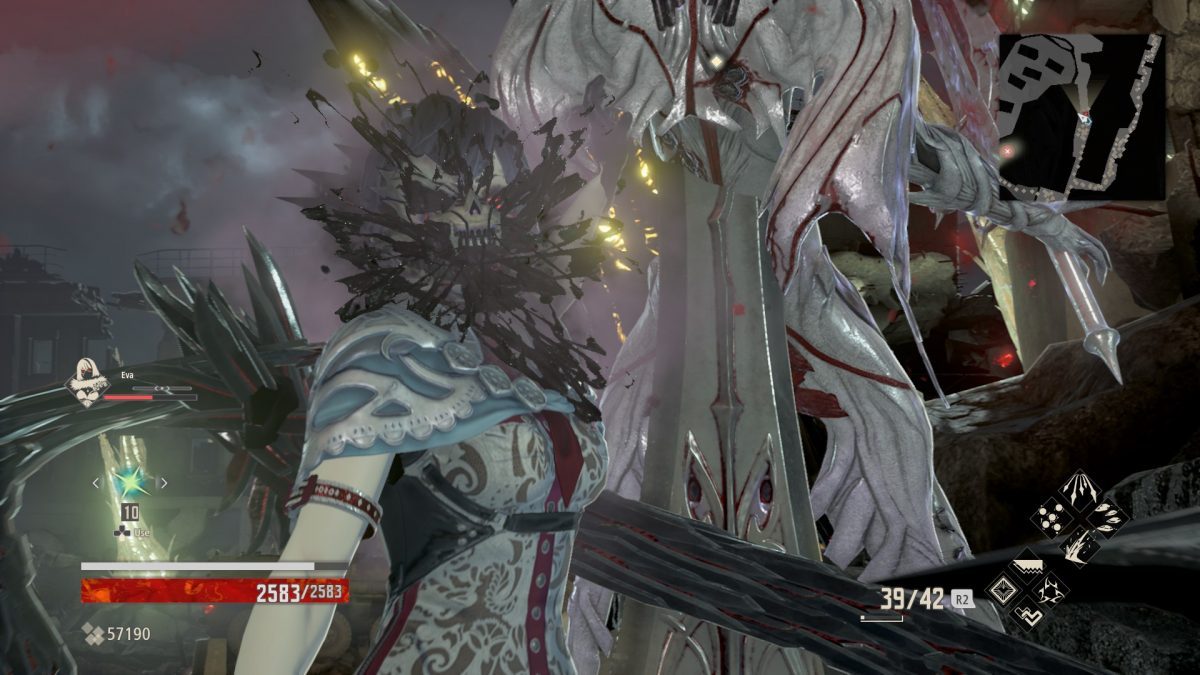
Each Gift is unique to a specific class, known as a Blood Code, but most can be unlocked for use with any class. This variety in Gifts is the main source of strategic depth once you can mix-and-match skills. Code Vein‘s Gifts interact with most game elements, so if there’s anything you want to do better, you probably can. A few that stand out are Gifts that let you heal, something you can’t normally do without a limited-use item, and Gifts that reduce stamina costs, since stamina is used for every attack, guard, and dodge.
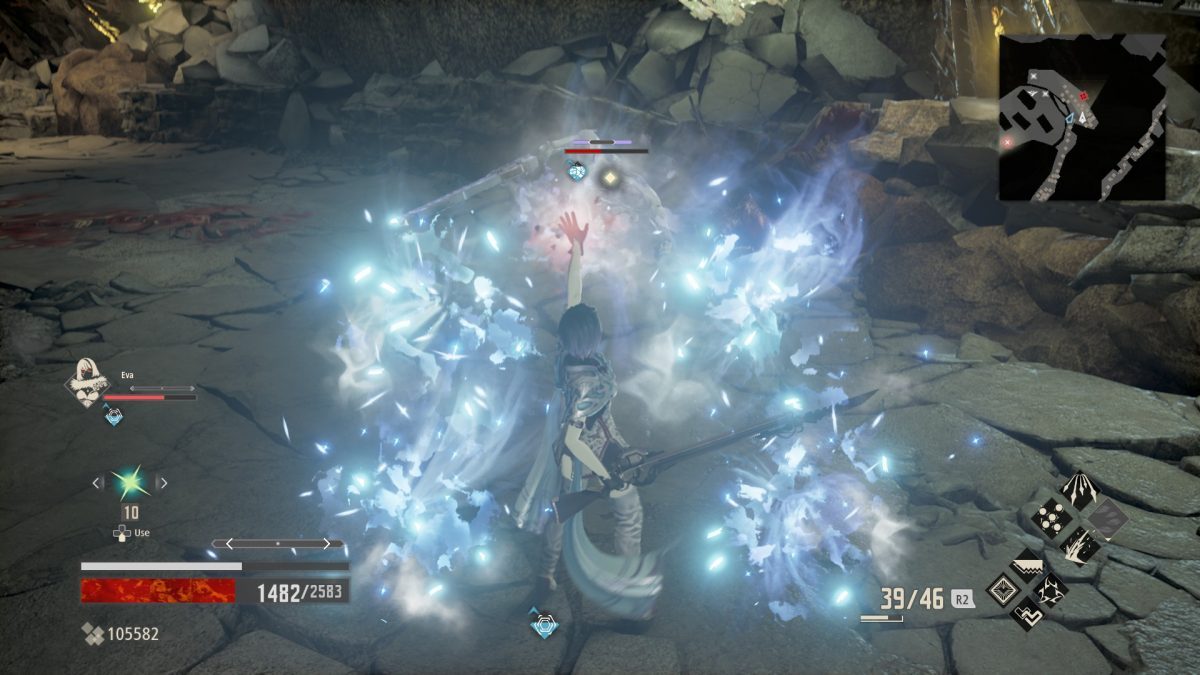
Code Vein has a lot of weapons, and Blood Veils (armor that determines the type of drain attack you have) to choose from. You can upgrade both of those for elemental damage, or resistance, as well as other effects like an increased ability to drain ichor. Restarting the game with New Game+, which makes all enemies a bit stronger, makes resistances more vital because a big part of the difficulty increase is more effective status effects, and many elemental attacks will one-hit-kill you on higher difficulties without appropriate resistance.
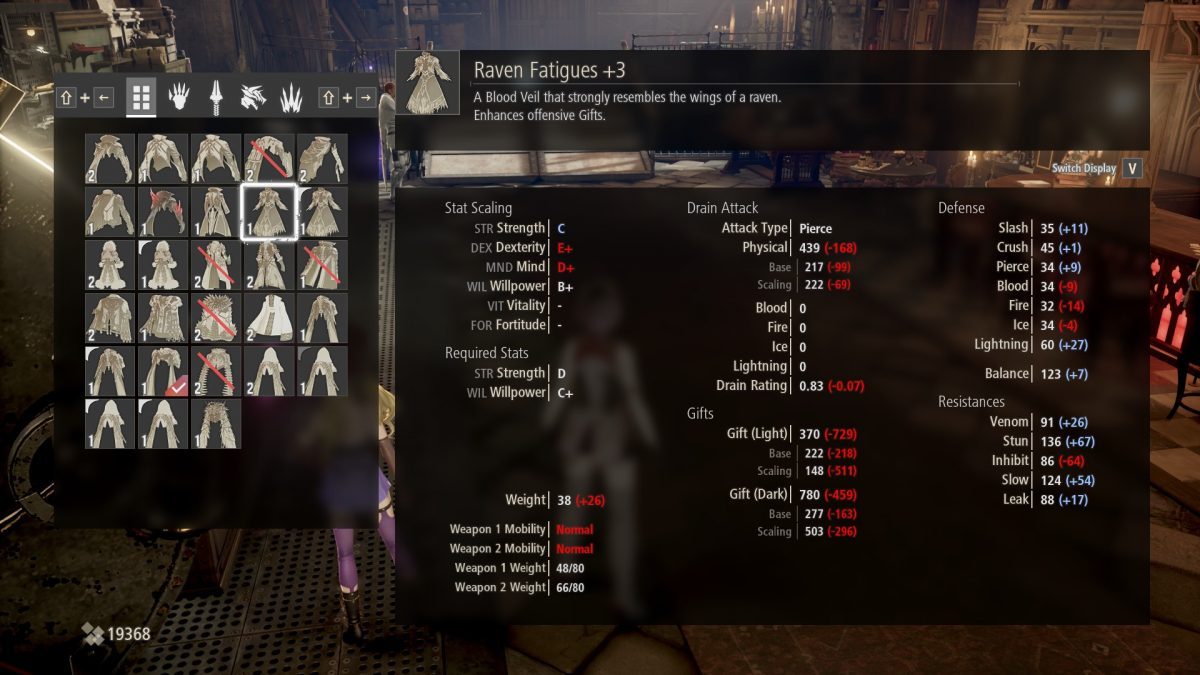
The ground you cover is often grey concrete, but there’s plenty of beauty to look at in the distance. Enemy designs are good: bosses are memorable, and regular enemies have fitting features, like bandoliers of dynamite on exploding suicide bombers, that warn you of their abilities. While a regular turn-based JRPG might not need enemies to give visual cues of capabilities, it’s important in an action game where you can quickly become overwhelmed if you rush in without information.
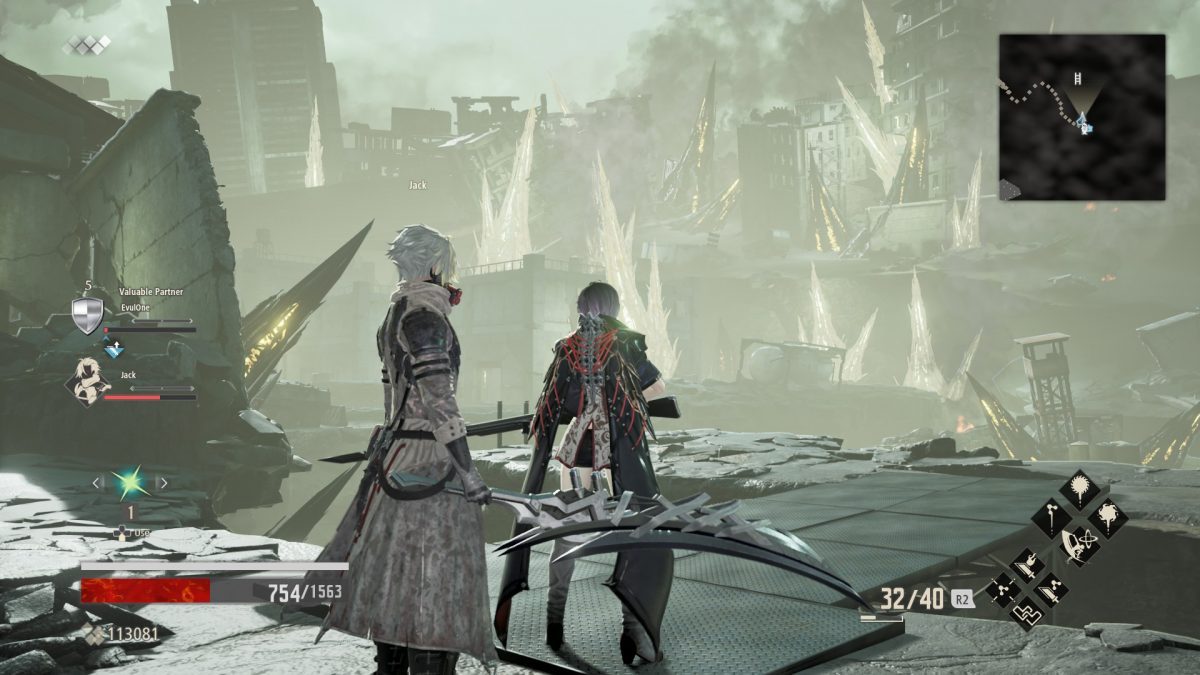
The story is told mostly through cutscenes. Blood being rare, the desperate Revenants have to manage their bloodthirst, or become Lost themselves. The Revenant Louis recruits you to help solve the problem, and a few key twists keep the story moving from there. But Code Vein suffers from a lack of clarity in its backstory, specifically anything referring to the Great Collapse when mysterious monsters attacked. We don’t learn anything about these monsters, so the premise that Revenants were needed to fight them is weakened, and that’s the premise that sets up why there are so many Revenants, and Lost, in the first place.
Code Vein is available on PC, Xbox One, and Playstation 4, with no demo available on PC. It has three different endings and planned downloadable content.


